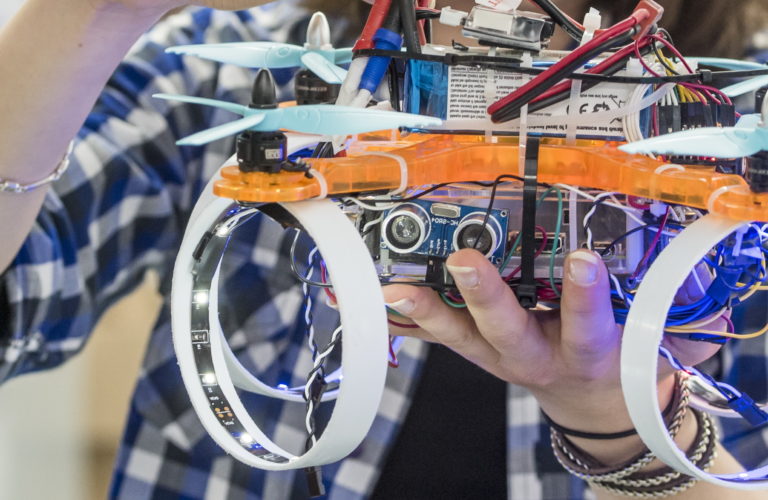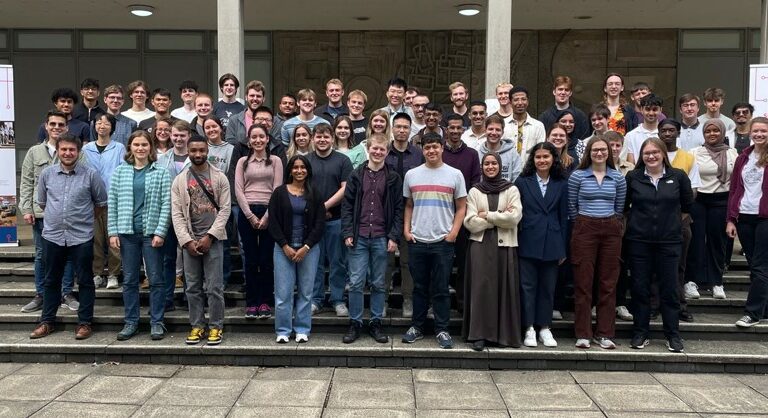This year, we saw more than 2,000 additional girls taking Physics than in 2010; this is a 25% increase over the last decade.
Stew Edmondson, CEO, UKESF
Those of a certain age, like me, will remember a catchy song by Ian Dury and the Blockheads called “Reasons to be Cheerful, Pt.3”. In the song, the lyrics include a quirky list of Ian’s reasons to be cheerful. Despite the current cloud of gloominess surrounding us all, I believe there are still some reasons to be cheerful.
First, despite the pandemic, I was really heartened by the number of entries for our three undergraduate competitions this year. This shows that Electronics students continue to be engaged and motived. The competitions cover automotive electronics, RF engineering and embedded systems. The judges were impressed by the quality and standard of the entries this year. You can read more about the two female students who won the automotive electronics competition here.
Second, we know that more and more young people are interested in Engineering. For example, the engaging and innovative videos from the ‘This Is Engineering’ campaign led by the Royal Academy of Engineering have already been watched over 38 million times, with 90% of the video views by young people aged 13-17. It is particularly pleasing to note that 50% of the audience have been female. The article that I recently I co-wrote with our UKESF Trustee, Prof Bashir Al-Hasimi CBE from Kings’ College, London picks up on this data and in it we set out an argument for engineering to be considered as a ‘caring’ profession.
Third, this summer’s A-Levels. Although this was a most unusual year for students, with exams cancelled and results based on teacher assigned grades, aswell as a standardization model developed by OfQual, it was clear that the number of students choosing A-levels in STEM-related subjects continues to increase. Maths remained the most popular subject for students and this year the number of entries increased to over 94,000. The core STEM subjects of Biology, Chemistry and Physics remain amongst the most studied subjects. Collectively, these three subjects accounted for just over 20% of the total A-level entries this year. When including Maths, these four subjects make up nearly a third of all A-level grades awarded.
This year, Computing is again the subject with the largest growth, with an almost 12% increase to over 12,000 entries. Importantly, both Computing and Physics have continued to make progress in growing the number of female students. This year, we saw more than 2,000 additional girls taking Physics than in 2010; this is a 25% increase over the last decade, and the number of girls studying Computing has more than doubled in the last five years.
These are undoubtedly small but important signs as we encourage more young people towards Electronics and work to improve the gender balance in the sector. Therefore, from our perspective, there are some glimmers of positivity and reasons to be less gloomy, if not fully cheerful.



